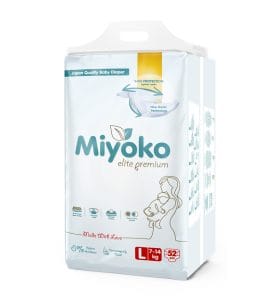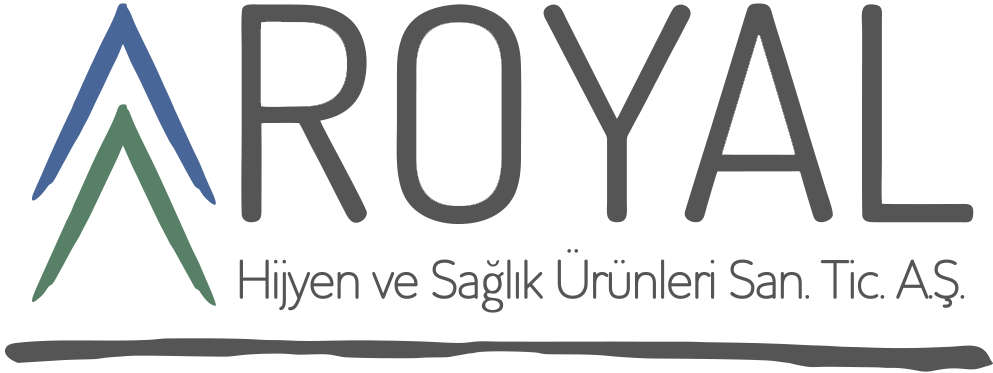Choosing Healthy Materials in Baby Diapers
Choosing Healthy Materials in Baby Diapers When it comes to selecting baby diapers, parents often prioritize comfort, absorbency, and convenience. However, one critical aspect that deserves equal attention is the health and safety of the materials used in these diapers. Babies have delicate skin that is more susceptible to irritation and allergic reactions, making it essential to choose diapers made from healthy, non-toxic materials. This article will explore three key considerations for selecting baby diapers with healthy materials: avoiding harmful chemicals, opting for natural and organic fibers, and ensuring breathability and hypoallergenic properties.
Avoiding Harmful Chemicals
Choosing Healthy Materials in Baby Diapers One of the foremost concerns in selecting healthy baby diapers is avoiding harmful chemicals. Many conventional diapers contain substances that can pose risks to a baby’s health. For example, chlorine is commonly used in the bleaching process of diaper materials, but it can leave behind toxic byproducts called dioxins, which are linked to health issues including cancer and reproductive problems. Therefore, parents should look for diapers labeled as chlorine-free or those that use an elemental chlorine-free (ECF) process.
Choosing Healthy Materials in Baby Diapers , some diapers contain fragrances, dyes, and lotions that can cause skin irritation or allergic reactions. Phthalates, a group of chemicals used to make plastics more flexible, are often found in diaper components like the elastic bands and waterproof layers. These chemicals are known to disrupt endocrine function and can be harmful with prolonged exposure. Opting for diapers that are free from fragrances, dyes, lotions, and phthalates can significantly reduce the risk of skin irritation and other health concerns.
Opting for Natural and Organic Fibers
Choosing Healthy Materials in Baby Diapers Choosing diapers made from natural and organic fibers is another excellent way to ensure the health and safety of your baby’s skin. Organic cotton is a popular choice as it is grown without the use of synthetic pesticides and fertilizers, reducing the risk of chemical residue. Organic cotton is also softer and more breathable than synthetic alternatives, making it gentle on a baby’s sensitive skin.
Choosing Healthy Materials in Baby Diapers Bamboo fiber is another natural material gaining popularity in the diaper market. Bamboo is highly sustainable, grows quickly without the need for pesticides, and has natural antibacterial properties. Diapers made from bamboo are not only eco-friendly but also highly absorbent and soft, providing comfort and protection for the baby.
Parents should also consider diapers that use plant-based or biodegradable materials for their core and outer layers. These materials break down more easily in the environment, reducing the overall environmental impact. Look for certifications such as the Global Organic Textile Standard (GOTS) or the OEKO-TEX Standard 100, which ensure that the materials used meet high safety and environmental standards.
Ensuring Breathability and Hypoallergenic Properties
Choosing Healthy Materials in Baby Diapers Breathability is a crucial factor in preventing diaper rash and keeping a baby’s skin healthy. Diapers that allow air to circulate can help keep the baby’s skin dry and reduce the likelihood of irritation. Materials like cotton and bamboo are naturally breathable, but some diapers also incorporate innovative designs that enhance airflow. Look for diapers with a breathable outer layer and moisture-wicking properties to ensure optimal comfort.
Choosing Healthy Materials in Baby Diapers Hypoallergenic properties are another important consideration. Babies with sensitive skin or those prone to eczema can benefit from hypoallergenic diapers that are designed to minimize the risk of allergic reactions. These diapers are typically free from common irritants like latex, fragrances, and dyes. Choosing hypoallergenic diapers can provide peace of mind and help maintain healthy skin for your baby.
Educating Yourself and Making Informed Choices
Choosing Healthy Materials in Baby Diapers Being well-informed about the materials used in baby diapers is crucial for making healthy choices. Parents should take the time to read labels and understand the various certifications and claims made by manufacturers. Researching and choosing reputable brands that prioritize transparency and safety in their production processes can significantly reduce the risk of exposing your baby to harmful substances.
Educating Yourself on Labels and Certifications

Understanding the labels and certifications on diaper packaging can help parents make informed decisions. Certifications such as the Global Organic Textile Standard (GOTS) and OEKO-TEX Standard 100 are reliable indicators of safe and non-toxic materials. GOTS certification ensures that the textiles are organic and produced in an environmentally and socially responsible manner. OEKO-TEX Standard 100 certification means that the product has been tested for harmful substances and is safe for human use.
Another certification to look for is the Nordic Swan Ecolabel, which is awarded to products that meet stringent environmental and health criteria throughout their lifecycle. Products with this label have undergone rigorous testing and must adhere to strict standards regarding chemical use, energy consumption, and waste management.
Comparing Different Brands and Products
With numerous diaper brands available in the market, it can be overwhelming to choose the best one for your baby. Parents can benefit from comparing different brands and products based on their materials, certifications, and user reviews. Online platforms, parenting forums, and consumer reports can provide valuable insights into the performance and safety of various diaper brands.
When comparing diapers, consider factors such as absorbency, fit, comfort, and the absence of harmful chemicals. Some brands may offer trial packs or samples, allowing parents to test the diapers on their baby before committing to a larger purchase. This can be particularly helpful in finding the right diaper that suits your baby’s specific needs and skin sensitivity.
Considering the Environmental Impact
In addition to the health benefits for your baby, choosing diapers made from healthy materials can also have a positive impact on the environment. Conventional disposable diapers contribute significantly to landfill waste and can take hundreds of years to decompose. By opting for diapers made from biodegradable or plant-based materials, parents can reduce their environmental footprint and support sustainable practices.
Cloth diapers are another eco-friendly alternative to disposable diapers. Modern cloth diapers come in various styles and materials, offering parents a reusable option that is both cost-effective and environmentally friendly. While cloth diapers require more effort in terms of washing and maintenance, they eliminate the need for disposable diapers and can be a healthier choice for your baby’s skin.
Balancing Cost and Benefits
While diapers made from natural and organic materials can be more expensive than conventional options, the long-term benefits for your baby’s health and the environment can outweigh the initial cost. Parents should consider the overall value, including the reduced risk of skin irritation, allergies, and the positive environmental impact. Some brands offer subscription services or bulk purchasing options that can help reduce costs over time.
Additionally, investing in high-quality, healthy diapers can lead to fewer instances of diaper rash and other skin issues, potentially saving money on medical treatments and skincare products. By prioritizing your baby’s health and well-being, you are making a valuable investment in their future.

